

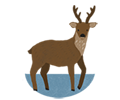
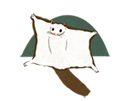
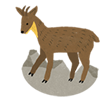

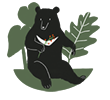
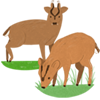










Purpose
The Bilingual 2030 Policy, implemented by Taiwan’s National Development Council, seeks to create a bilingual environment and elevate the English proficiency of Taiwan’s people. To complement this policy, the National Museum of Natural Science launched the 2022 The Story of Life on Earth Special Exhibition and Educational Activities. The special exhibition is focused on the teeth and claws of Taiwan’s mammals and the educational activities on the theme of “our resilient planet.”
Through the integration of the virtual and the real, online bilingual exhibition and bilingual interactive digital learning experiences have also been developed. Finally, training sessions have been held to cultivate bilingual talent and create a bilingual environment that encourages learning.
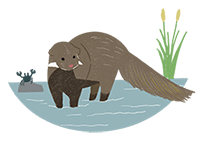
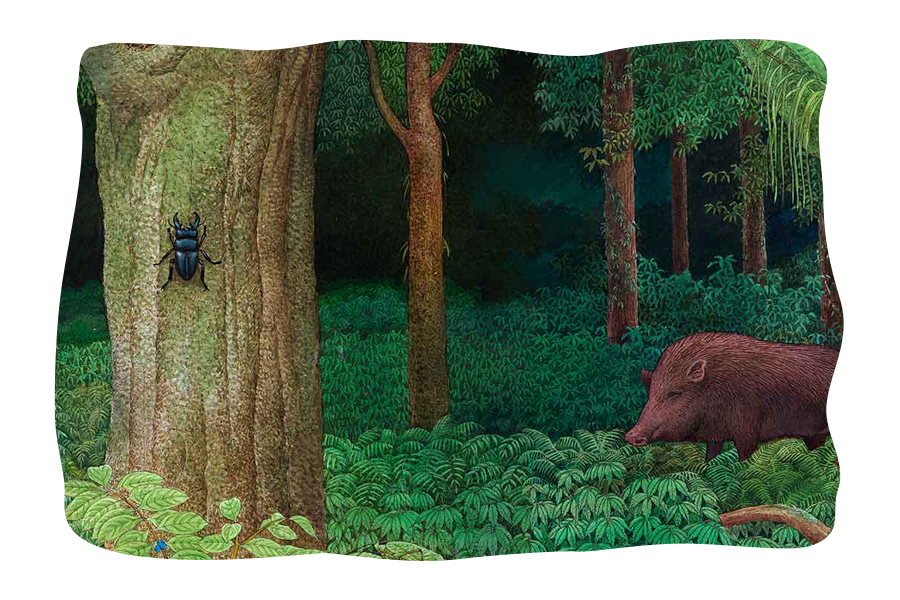




Teeth and Claws
A Exhibition of Teeth and Claws of Formosan Mammals
A forest ranger from the Bunun tribe introduces his granddaughter Jasmine to mammals in nature, including their feeding habits and foraging methods based on the characteristics of their teeth and limbs. Visitors are encouraged to spend time in nature and increase their awareness of the importance of ecology and the environment to the survival of animals.
Learn More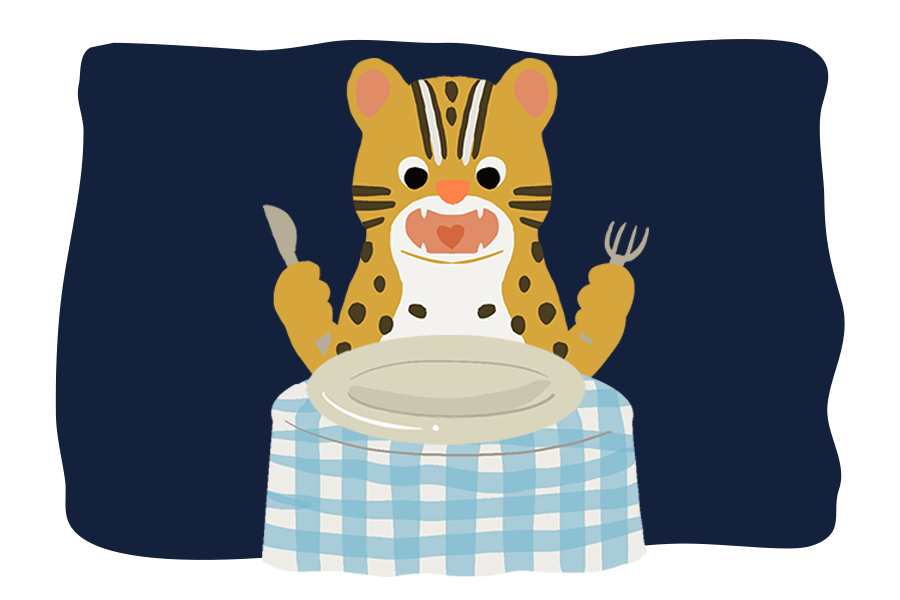

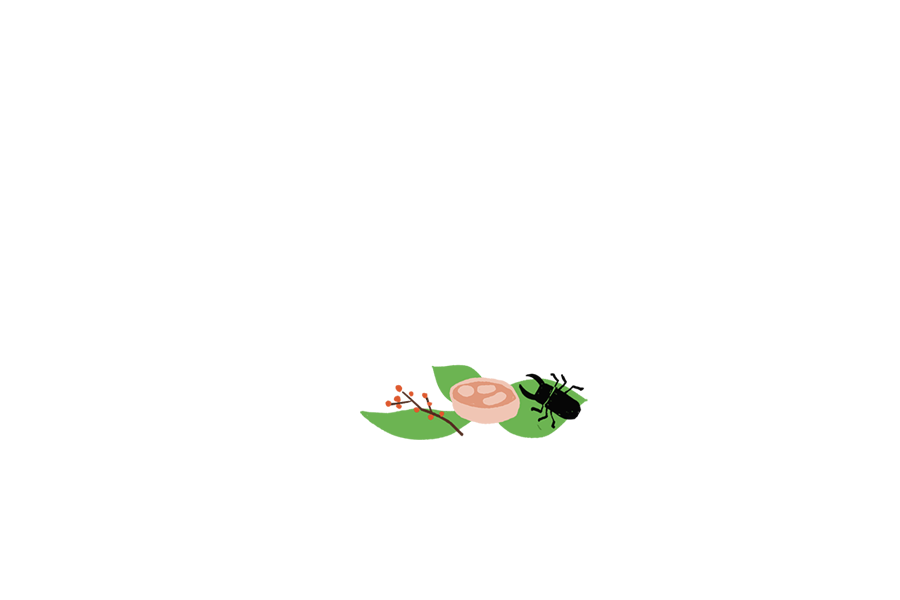

Cracking
the Animal Tooth Code
Specimen Exploration
Participants gain an understanding of the teeth of humans and “mystery” animals. By observing the characteristics, arrangement, and numbers of teeth, the relationships between teeth and diet become clear. Based on dentition, participants learn how to identify animals.
Learn More

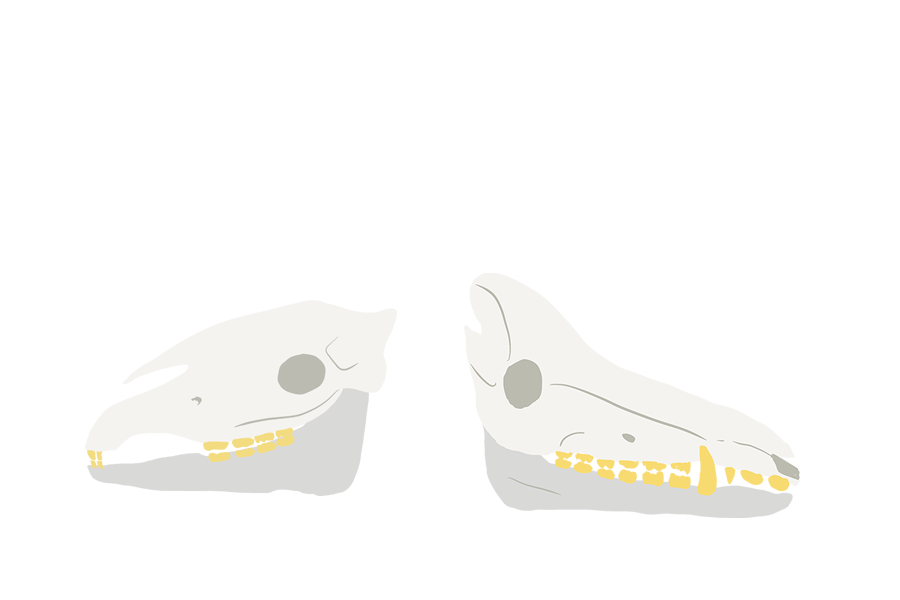
Mammal Teeth
and What They Do
Teeth are used to cut up and grind food, to improve its decomposition and absorption and are important clues in biological research. Based on their eating habits, mammals are divided into carnivores, herbivores, and omnivores, each with specialized structures. Through demonstrations using images and specimens, audiences learn about mammalian teeth.
Learn More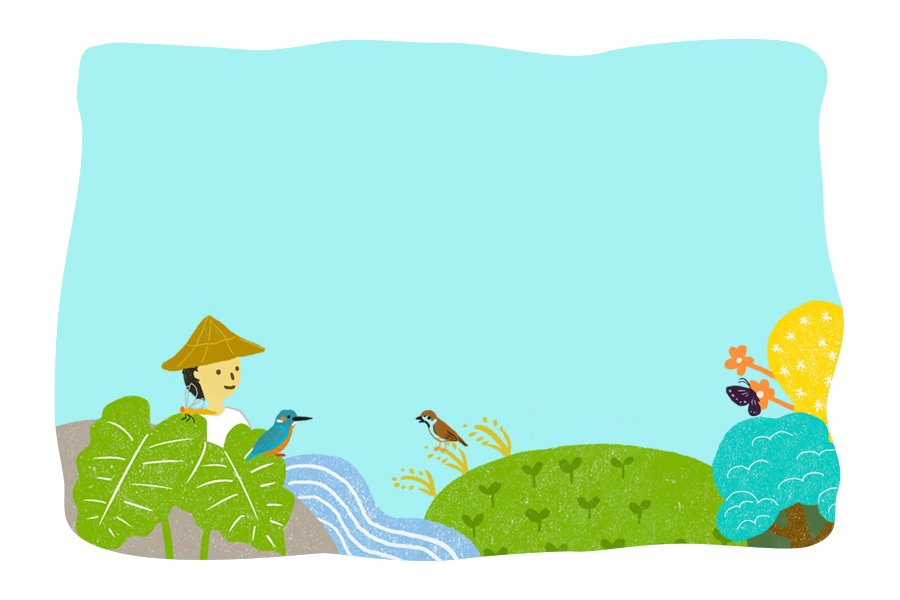

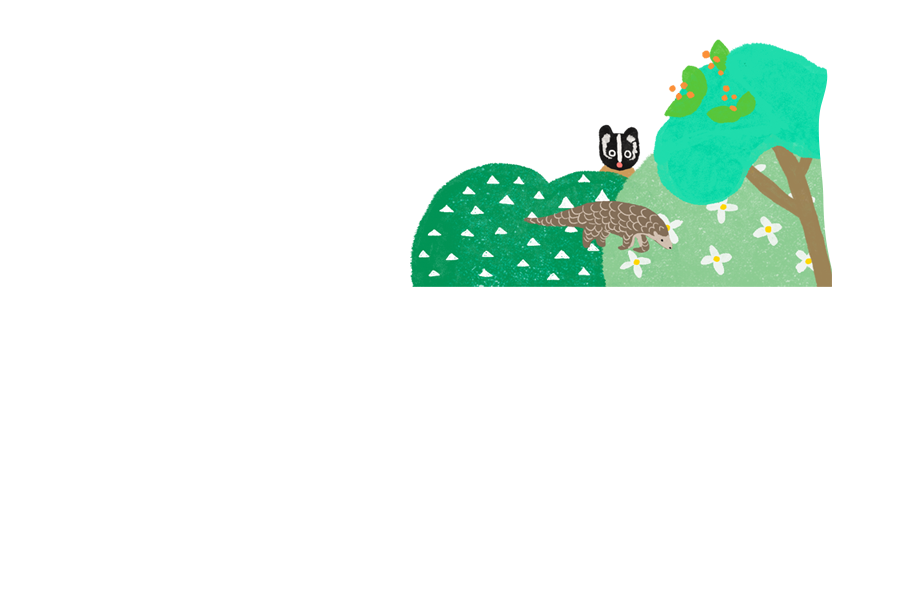

Satoyama:
The Homeland of Leopard Cats
The leopard cat is the only remaining wild cat in Taiwan and is a critically endangered species.During this activity, the characteristics and behaviors of the leopard cat are introduced, in addition to its habitat and interactions and relationships with other animals. Through games, participants learn about the animals, environments, food chains, and food webs of Taiwan’s suburban hills. By connecting to the core concepts of the Satoyama Initiative, they gain an understanding of the interactions among people and the natural environment, as well as ecological issues.
Learn More

© Copyright by National Museum of Natural Science.